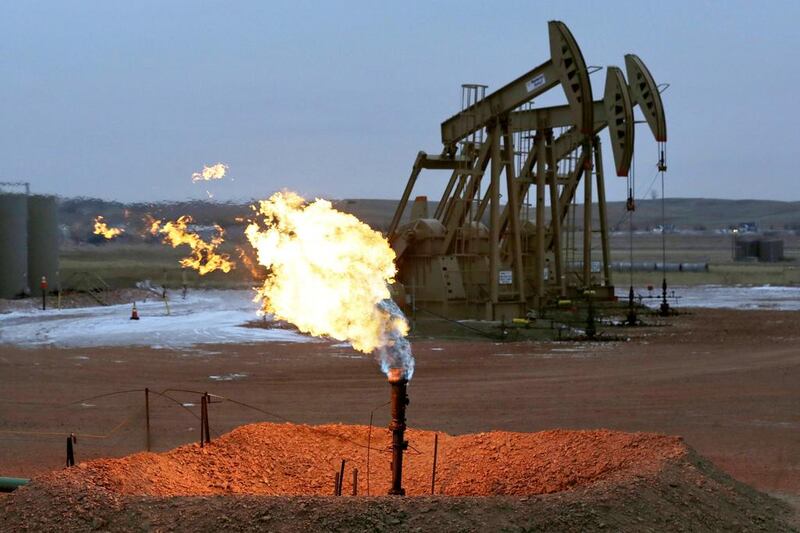Opec output should remain at current levels for the remainder of the year as Saudi Arabian compliance with last year's production deal holds and recent production growth in Nigeria and Libya slows, according to Bank of America Merrill Lynch (BofAML).
"Nigeria and Libya production simply cannot keep growing at the same pace," said Francisco Blanch, head of commodities and derivatives research at BofAML in the bank's World at a Glance report for October.
"In the former, crude loadings are expected to average 1.9 million barrels per day (bpd), implying rather stable output levels into year-end. In Libya, we see crude production stabilizing at around 940 thousand bpd in 4Q17."
Mr Blanch said that rising production by the African nations since March had resulted in a "relatively meagre" cut of 265,000 bpd of global output since last year's production cut agreement by Opec and non-Opec nations in November.
As always OPEC secretariat will discuss with us the recommended measures for achieving market stability in 2018, so no need to pre-predict
— سهيل المزروعي (@HESuhail) October 8, 2017
Saudi compliance with the deal remains strong however, meaning that Opec supply levels will remain the same for the remainder of the year, he said.
BofAML forecasts crude oil prices to average $50 a barrel for the remainder of the year and the first quarter of 2018.
_______________
Read more:
[ Saudi Aramco, Russia move to shake up gas markets, say analysts ]
[ Oil prices hit highest level since July 2015 on re-balancing optimism ]
_______________
Meanwhile, higher oil demand among Asian countries in the remaining months of the year will prompt a battle for market share among producers.
Mr Blanch said that Saudi Arabia's oil exports to OECD markets in Asia have remained "elevated" this year, but that the kingdom has struggled to maintain market share in China.
“Imports of Saudi crude into China have been roughly flat year-on-year, while total Chinese crude imports have increased by 14 per cent year-on-year this year,” he said.
BofAML noted that Asian demand for imported crude will increase into the final months of the year amid increased seasonal demand and low regional inventories. China usually needs an additional 750,000 bpd between August and December.
This move will kick oil suppliers into gear to grab or maintain market share for the world's largest importer of oil. BofAML said that prices from various producers are largely in-line with one another, but that US crude appears a more attractive grade to Asian consumers than those offered by Russia, Europe and West Africa.
“The US currently has its own constraints as exports terminals are not fully operational post Harvey, but once disruptions clear out, we expect more barrels flowing,” the report said. “The battle between the US, Middle East, West Africa and Russia to gain market share in Asia likely starts now.”






